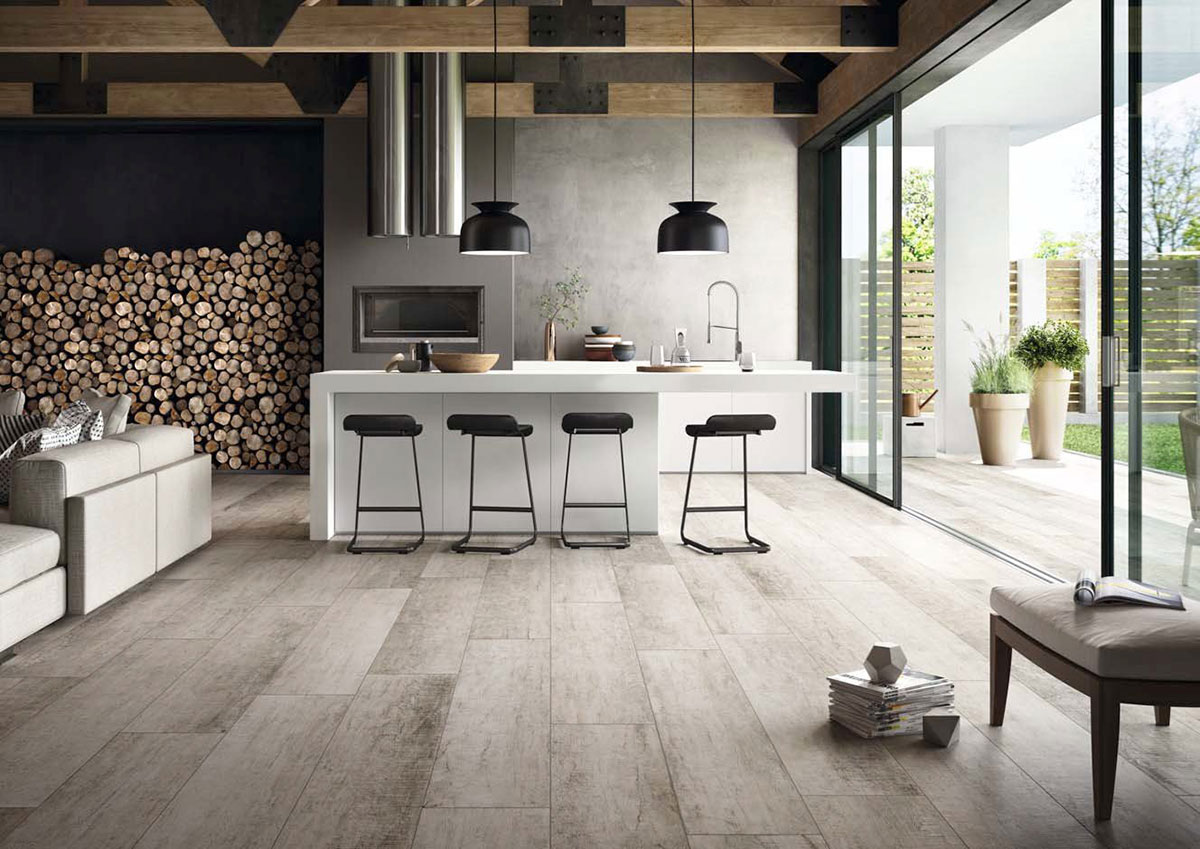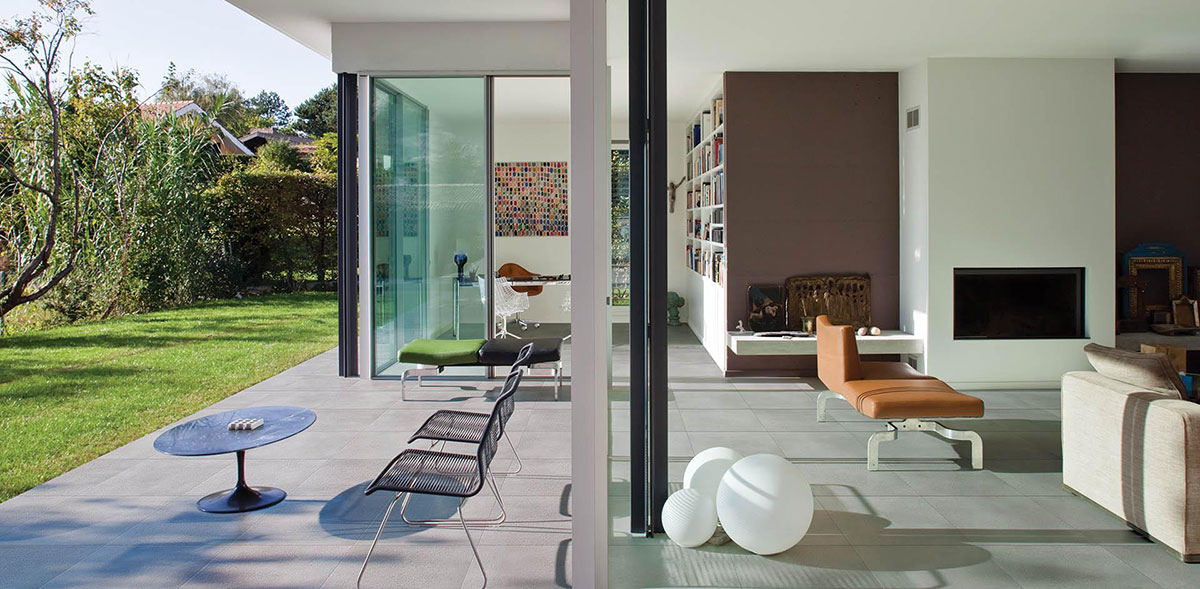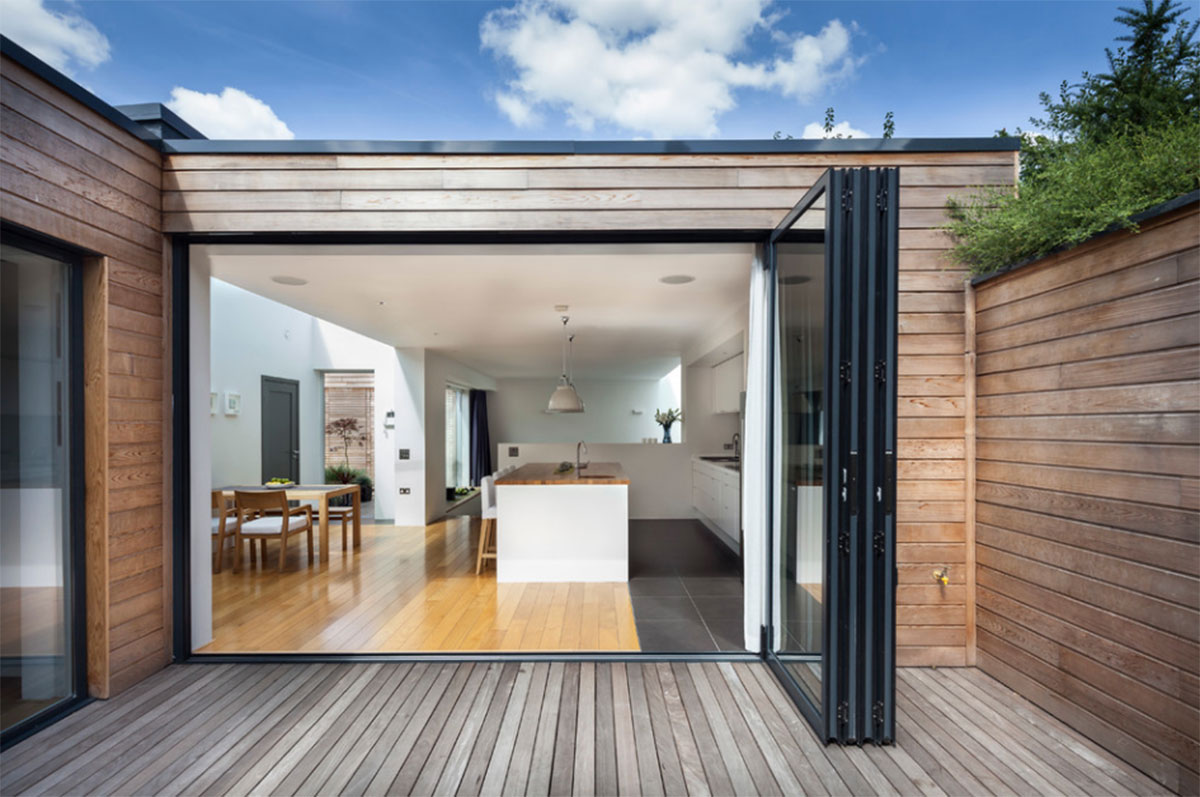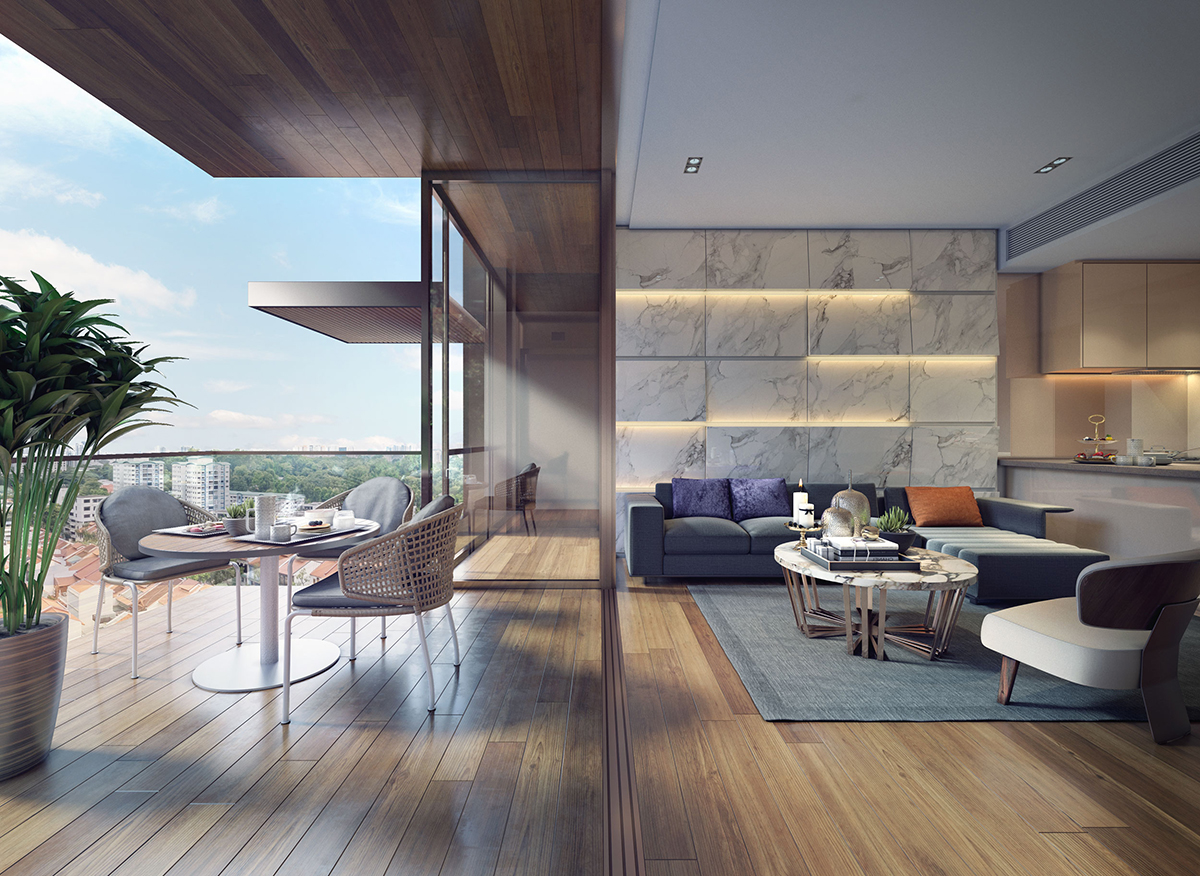With the ability to bring the beauty of the outdoors and the fresh air right into your home, the benefits of indoor-outdoor living are second to none. If you’re lucky enough to have scored an apartment that comes with a balcony, here are some ideas on how you can create a seamless indoor-outdoor living experience just by giving your flooring the right treatment.
- Level the playing field
The first step to create a seamless transition between your indoor spaces and the balcony is by eliminating any variations in the flooring level between the two areas. Making sure that your indoor and outdoor spaces are on the same plane not only allows the space to function as one when needed, but it also elongates the eye line to achieve the illusion of a larger space.
Image credit: Cotto d’Este
- Blur the boundary
When it comes to material choices, one of the easiest ways to achieve a smooth transition between your indoor and outdoor spaces is by blurring the boundary line through continuing the interior flooring on the outside. Because they are tough and weatherproof, natural stones and hard-wearing porcelain tiles are a great option that can be used for both spaces. Just remember to make sure that they’re properly sealed, for these smooth surfaces – especially marble and granite – can get very slippery when wet.
Image credit: Iris FMG
- Follow the grain
When it comes to choosing a flooring material, wood has consistently been one of the more popular choices among homeowners today. But it’s highly unlikely that you’ll be able to find a wood that you would want to put both indoors and outdoors, as many of the woods usually used in interiors aren’t durable and waterproof enough for external use. While this means that you might have to use different types of wood for your indoor and outdoor zones, you can still create cohesiveness by ensuring the planks are cut to the same width and run in the same direction.
Image credit: Designcubed
- Stick to the same colour palette
Don’t want to use the exact same materials or styles on your indoor and outdoor flooring? That’s okay, for you can still visually link the two spaces by choosing materials in the same colour palette. For example, using a concrete screed flooring indoors can draw out similarities in colour to the cement-lookalike tiles used outside. You don’t necessarily need identical floor finishes to create a seamless space if you choose matching tones.
Image credit: 8 Hullet



